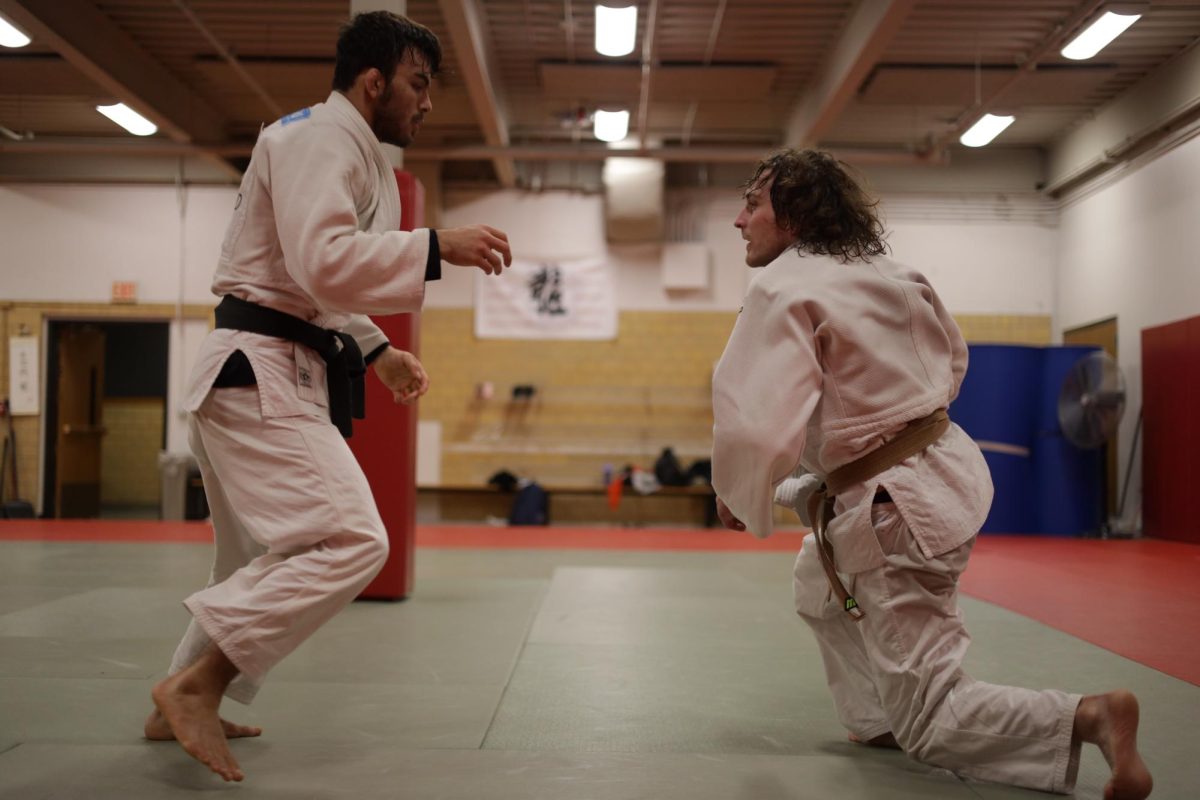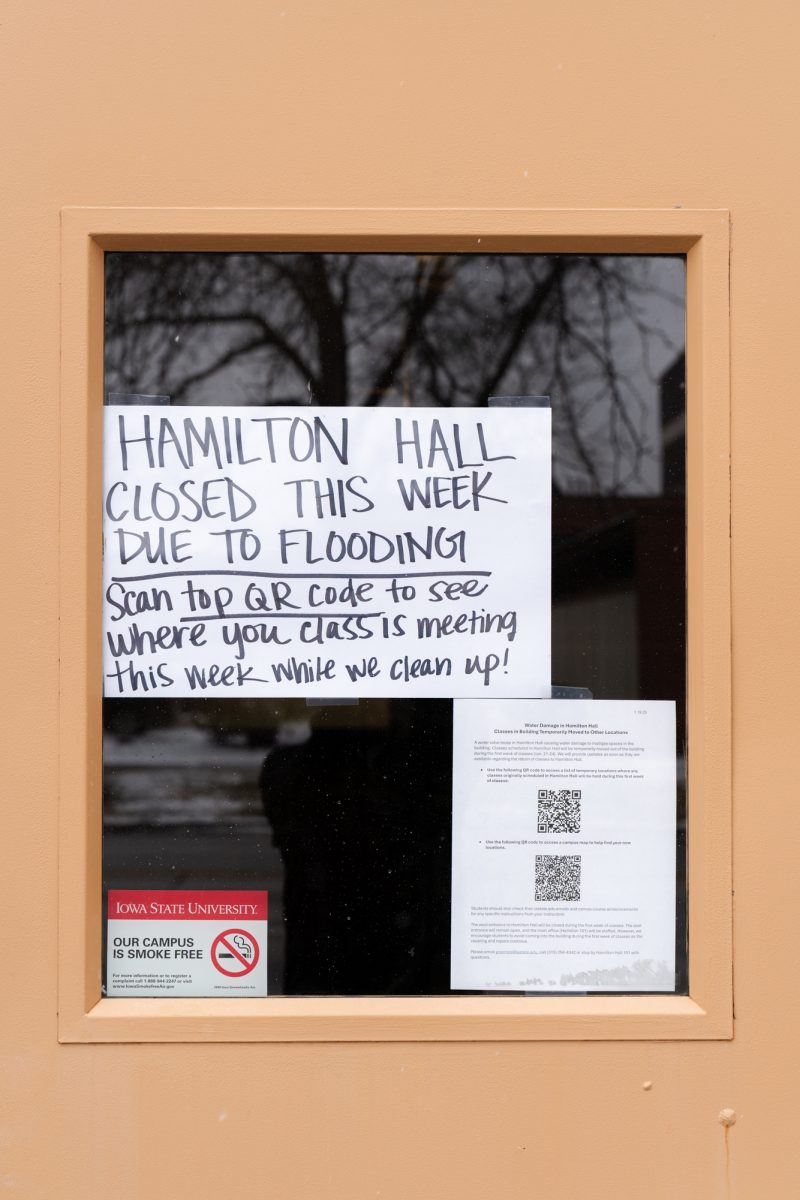Low-enrollment classes, majors could be cut
March 3, 2004
Classes or majors with low student interest may no longer be offered at Iowa State as the university continues trying to save resources within a tight budget.
A task force designed to examine small and interdisciplinary programs and courses with low enrollments submitted resource-saving recommendations to Provost Ben Allen Feb. 1.
The task force called for all undergraduate courses to have no fewer than 15 students and graduate courses at the 500 level to have no fewer than eight students in a section, with the exceptions of lab classes and design studios.
Currently, no university-wide guidelines exist for the number of students who must be enrolled in a course before it’s no longer offered.
“We recommended we really think about where section sizes are smaller than that,” said Vice Provost Howard Shapiro, who chaired the task force. “Can we really afford to have a class with three people in it?”
Colleges were also charged with identifying 15 percent of their undergraduate and graduate sections that could be combined, eliminated, offered on a shared basis with other departments or offered in alternate semesters of years.
Shapiro said required courses will be given more weight when making cuts, although it is important to provide extracurricular courses, which can be popular with students and faculty alike.
“Faculty love to teach those — who wouldn’t?” Shapiro said. “We’re not going to force anyone to give those up.”
The task force recognized the fact that larger classes have an adverse effect on learning and Iowa State’s undergraduate program national ranking.
They found 200-level courses tend to be the largest, with an average section size of 57 students. The average for 100- to 400-level sections is about 43 students.
“The goal, of course, is to have small classes,” Allen said. “In this budget climate, you have to look at everything.”
Programs with fewer than 50 undergraduate majors or fewer than 20 graduate students will also be targeted.
The task force asked colleges to determine the practicality of offering programs with low numbers of majors, especially if elimination or combination would reduce costs.
Shapiro said small programs could be preserved if they are critical to the university or unique to the state’s universities. The task force admitted there “may in fact be compelling arguments to retain every one of the programs” that qualified as small, but it would be up to the colleges to weigh the options.
Shapiro said women’s studies is a program with few majors, but large class sections, since a number of students from other majors take those courses. Because it draws faculty from other disciplines, cutting the program would not save the university a significant amount of money.
If programs are cut, Shapiro said, students already enrolled in the programs will be given the chance to finish their major.
Interdisciplinary programs, which are not tied to a specific department, were also examined. Shapiro said these programs, especially at the graduate level, provide students with a more cutting-edge education, calling them the “wave of the future.”
Overall, the task force found costs for these programs low, but called for each college to scrutinize its interdisciplinary programs to make sure they are efficient.
Graduate programs in botany, biomedical engineering, industrial relations and zoology are currently being discontinued, according to the task force’s report.
The recommendations will now move to individual college deans for review and possible implementation.
Allen said the recommendations were not meant to single out any singular major or course for possible cuts, but rather to provide a focus for deans who have to make some difficult budget decisions.
“It’s simply making everyone a bit more aware of the magnitude of this [budget situation],” he said.
Shapiro said any changes made would focus on reallocating resources, helpful in a time when faculty numbers are down.
Faculty members teaching small classes could be reassigned, Allen said.
Shapiro said the changes were spurred not only by recent budget cuts, but also to keep up with students want.
“Students vote with their feet,” Shapiro said. “If [a class or major is] small, they’ve spoken.”






